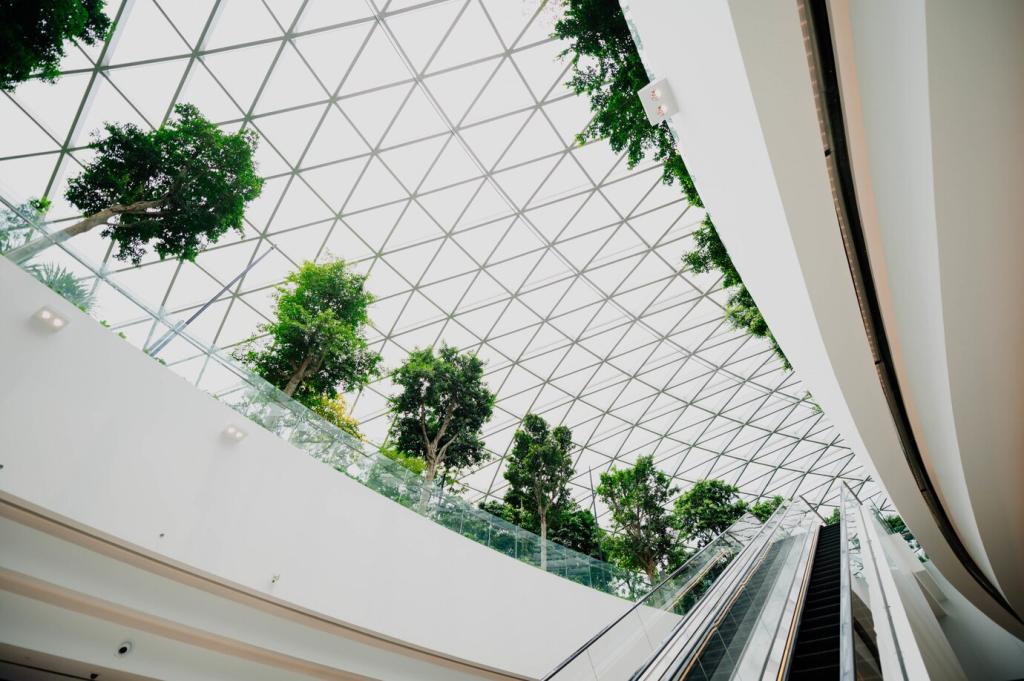Innovative Eco-friendly Building Materials for Modern Homes
Discover the future of sustainable living with innovative eco-friendly building materials that are reshaping the way modern homes are designed and constructed. These advancements not only reduce environmental impact but also enhance comfort, efficiency, and aesthetics. Embracing new materials and systems ensures your home is future-ready, contributing positively to the planet while offering tangible benefits for everyday life.
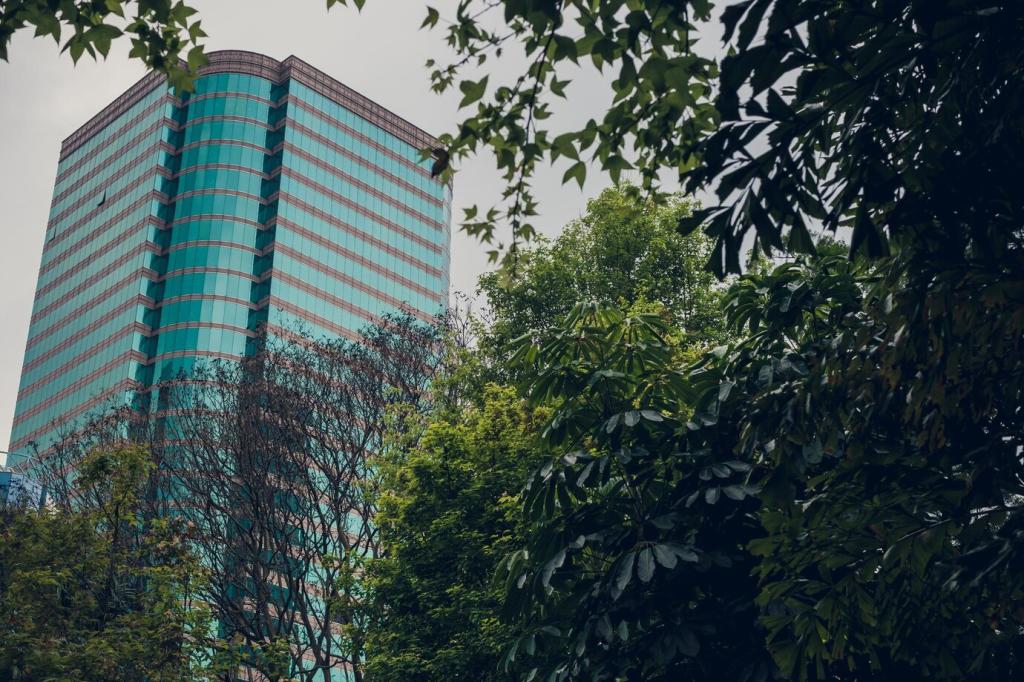
Sustainable Timber Solutions
Cross-Laminated Timber (CLT)
Cross-laminated timber has revolutionized modern construction with its superior strength, stability, and eco-credentials. Formed by layering timber planks at perpendicular angles and bonding them, CLT panels offer exceptional load-bearing capabilities suitable for walls, floors, and roofs. Their prefabrication reduces on-site waste and construction time, while their sourcing from certified forests ensures responsible environmental stewardship. Homes built with CLT benefit from improved insulation, reduced carbon footprint, and a natural aesthetic unmatched by conventional materials.
Reclaimed Wood
Utilizing reclaimed wood salvaged from old structures or fallen trees adds a rich narrative and character to modern homes. This practice diverts waste from landfills while preserving forests, yielding unique textures and patinas that simply cannot be replicated with new lumber. Reclaimed wood is often fashioned into flooring, beams, or accent walls, providing warmth and history to interiors. Beyond its beauty, it embodies a circular approach to resource use, marrying sustainability with timeless design.
Engineered Bamboo
Engineered bamboo is rapidly gaining recognition as a green alternative due to its impressive growth rate and minimal cultivation requirements. When processed into beams and panels, bamboo rivals the toughness of traditional hardwoods and surpasses them in sustainability metrics. Its rapid maturation—reaching harvestable size in just a few years—means faster replenishment and lower ecological impact. Engineered bamboo enhances modern architecture with its sleek, contemporary appearance and resistance to swelling or warping, making it both stylish and practical.
Advanced Insulation Technologies
Sheep’s wool has emerged as a naturally sourced insulator with remarkable atmospheric benefits. Its unique fiber structure traps air, providing strong thermal resistance while regulating humidity. Additionally, sheep’s wool actively absorbs and neutralizes harmful indoor airborne chemicals, improving air quality. Its entire life cycle, from sourcing to disposal, has minimal impact on the environment, making it a holistic solution for eco-friendly home construction.
Transforming discarded clothing into high-performance building insulation, recycled denim insulation exemplifies the power of upcycling. Not only does it repurpose post-consumer textile waste, but it also delivers excellent thermal and acoustic properties. Manufactured without harmful additives found in synthetic insulations, denim batts are safe to handle and contribute to a healthier living environment. Homeowners who choose this material support circular resource systems and benefit from its effective performance in maintaining cozy interiors.
Aerogel insulation represents the cutting edge of building material science. Sometimes referred to as “frozen smoke,” aerogel is incredibly lightweight yet possesses outstanding insulating capabilities—up to four times more effective than conventional insulation. Its translucent nature permits creative applications in daylighting and thin-profile installations. Although it comes at a premium, aerogel panels are increasingly sought after for extreme energy-saving upgrades and sustainable modern home projects, proving that groundbreaking technology and environmental care can go hand-in-hand.
Innovative Concrete Alternatives
Green Concrete
Green concrete incorporates recycled materials such as fly ash, slag, or crushed glass to replace a significant portion of traditional cement. By substituting these industrial byproducts, green concrete reduces the demand for energy-intensive cement production and diverts waste from landfills. It’s equally strong and durable, making it suitable for a variety of applications, from foundations to decorative finishes. Homeowners benefit by reducing their build’s carbon footprint without sacrificing reliability or longevity.
Hempcrete
Hempcrete is a bio-composite material made from the woody inner core of the hemp plant mixed with a lime-based binder. It is lightweight, highly insulating, and absorbs CO2 during the curing process, further lowering its ecological impact. Hempcrete’s breathability regulates indoor humidity, fosters healthy living spaces, and resists mold growth. Its versatility allows for use in walls, floors, and roofs, delivering a distinctively natural look while supporting agricultural sustainability.
Ferrock
Ferrock is an innovative material that utilizes recycled steel dust to create a concrete-like substance which actually absorbs and traps CO2 as it hardens. Its unique chemical process results in a building material that is stronger and more flexible than traditional concrete. Ferrock’s application in floors, walls, and structural components demonstrates how industrial waste can be transformed into a high-performance, planet-positive resource for modern homes.
Eco-friendly Roofing Options
Cool Roof Coatings
Cool roof coatings reflect more sunlight and absorb less heat compared to traditional roofs. These high-tech membranes or paints lower rooftop temperatures, thereby reducing the need for air conditioning in hot climates. By diminishing heat island effects, they help stabilize local climates. Cool roofs also extend the lifespan of roofing materials, translating to fewer replacements and less construction waste over the home’s lifetime.
Recycled Shingle Products
Modern shingle alternatives made from recycled rubber, plastics, or metals are replacing traditional asphalt shingles. Not only do these products divert significant amounts of waste from landfills, but they also offer superior weatherproofing and longevity. Manufacturers often blend post-consumer materials with advanced polymers to create shingles that withstand harsh climates and maintain color and integrity for decades, giving homeowners a smart and sustainable roofing upgrade.
Living Roofs
Living or “green” roofs transform rooftops into thriving ecosystems by cultivating layers of vegetation. These roofs insulate homes, absorb rainwater, filter airborne pollutants, and create new habitats for birds and pollinators. In urban environments, living roofs reduce stormwater runoff and heat absorption. The visual appeal and health benefits make them an attractive option for eco-minded homeowners aiming to blend architecture seamlessly with nature.
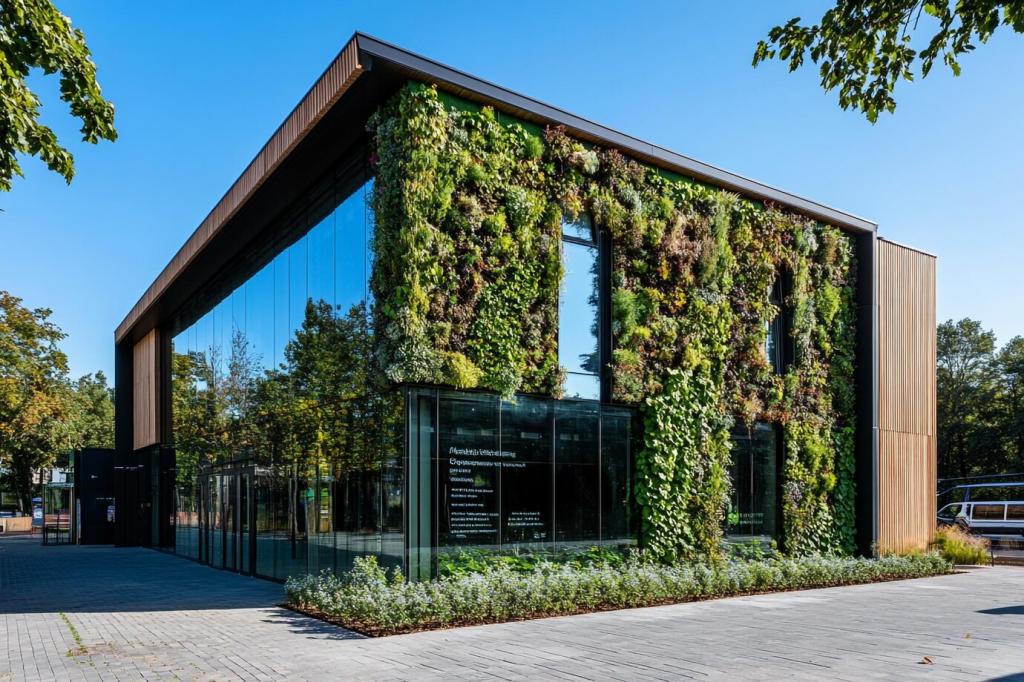
Cork flooring is produced from the bark of cork oak trees, which regenerate after harvesting, making this a renewably sourced material. Its resilience and natural cushioning provide comfort underfoot, while its cellular structure offers sound and thermal insulation. Cork resists moisture, pests, and heat, making it ideal for a variety of home settings. Additionally, its unique grain and warm tones add character and sophistication to modern interiors.
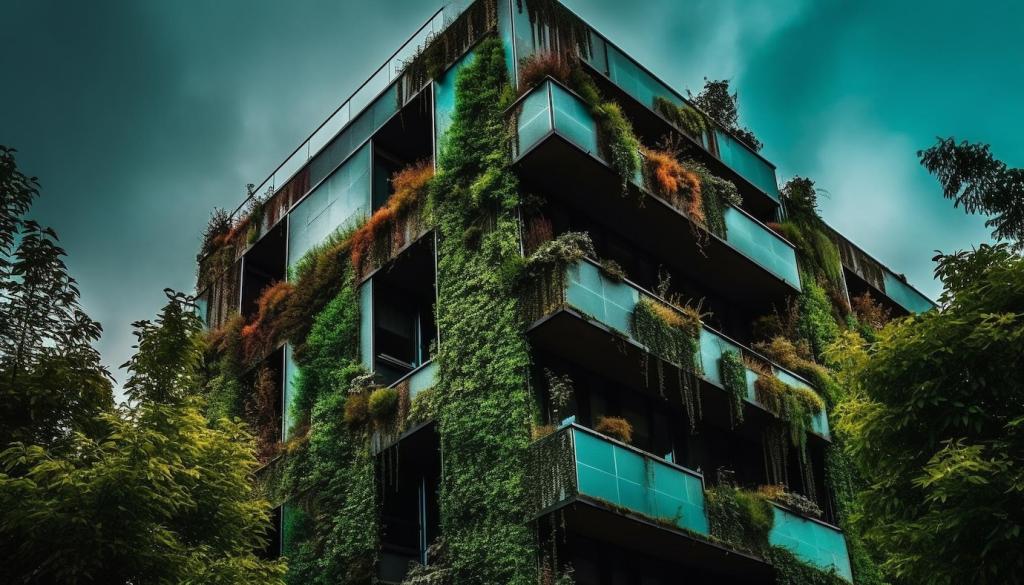
Eco-friendly Paints and Wall Finishes

Low-VOC and Zero-VOC Paints
Low- and zero-VOC (volatile organic compound) paints emit significantly fewer toxins during application and drying, enhancing indoor air quality for home occupants. These paints use advanced formulations to achieve rich colors and durable finishes without the need for harsh chemical additives. Their application reduces health risks for painters and residents alike. As awareness grows, the wide array of hues and finishes ensures a healthy, visually appealing home environment.
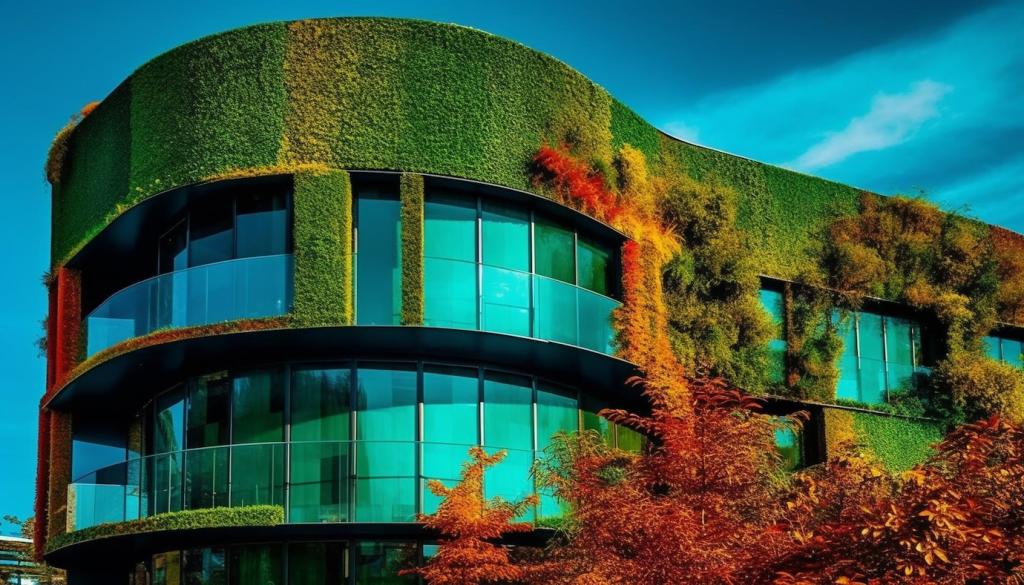
Clay-based Plasters
Clay-based plasters deliver breathable, organic wall finishes that regulate interior humidity and promote indoor health. Mined from natural clay deposits, these plasters are free from synthetic binders or harmful chemicals. Their earthy tones and textured surfaces add depth and tactility to living spaces. Clay plaster’s inherent flexibility resists cracks and supports passive humidity control, creating a balanced microclimate and naturally radiant surfaces reminiscent of traditional craftsmanship.
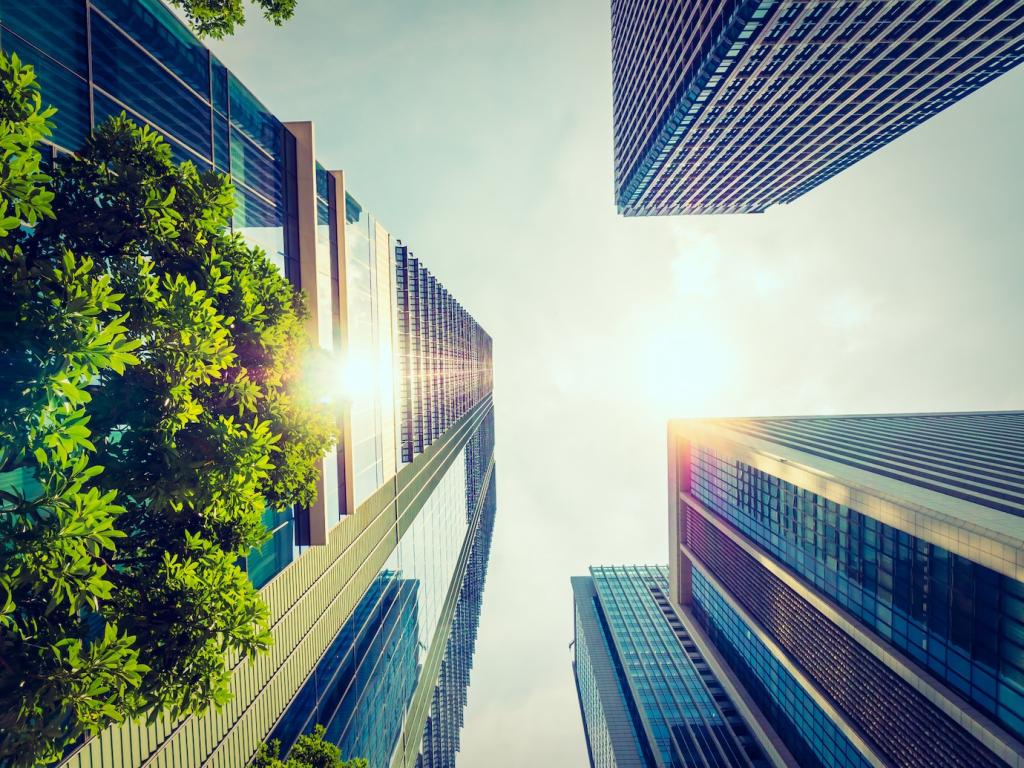
Recycled-content Wallpapers
Recycled-content wallpapers are manufactured using fibers sourced from post-consumer paper or textiles. Modern printing technologies enable striking patterns and colors while minimizing ink and water use. These products divert valuable materials from landfill and reduce demand on virgin resources. In addition to their environmental credentials, recycled wallpapers bring design versatility and a touch of eco-conscious sophistication to walls throughout the home.
Smart Eco-friendly Home Systems
Smart glass windows feature electrochromic or thermochromic technology, allowing them to change opacity or tint based on light or temperature levels. This functionality reduces heat gain in summer and heat loss in winter, enhancing comfort and energy efficiency. Controlled via sensors or smartphone apps, smart windows maintain ideal lighting and temperature conditions, integrating seamlessly with eco-friendly building practices and lowering reliance on artificial heating and cooling.
Automated indoor climate control systems use advanced sensors and AI to adjust heating, cooling, and ventilation based on occupancy and environmental data. These systems significantly reduce energy consumption by delivering comfort only where and when needed. Integration with weather forecasts and user patterns further refines efficiency, promoting a balanced, healthier indoor environment. Such automation not only shrinks a home’s carbon footprint but also elevates day-to-day comfort and convenience.
Water conservation remains crucial in sustainable home design. New materials and digital controls deliver advanced plumbing solutions such as greywater recycling, rainwater harvesting, and on-demand hot water recirculation. These technologies cut household water use dramatically, safeguard local resources, and lower utility bills. By weaving smart plumbing into modern construction, homeowners can ensure their eco-friendly values are upheld throughout every drop used in daily living.
